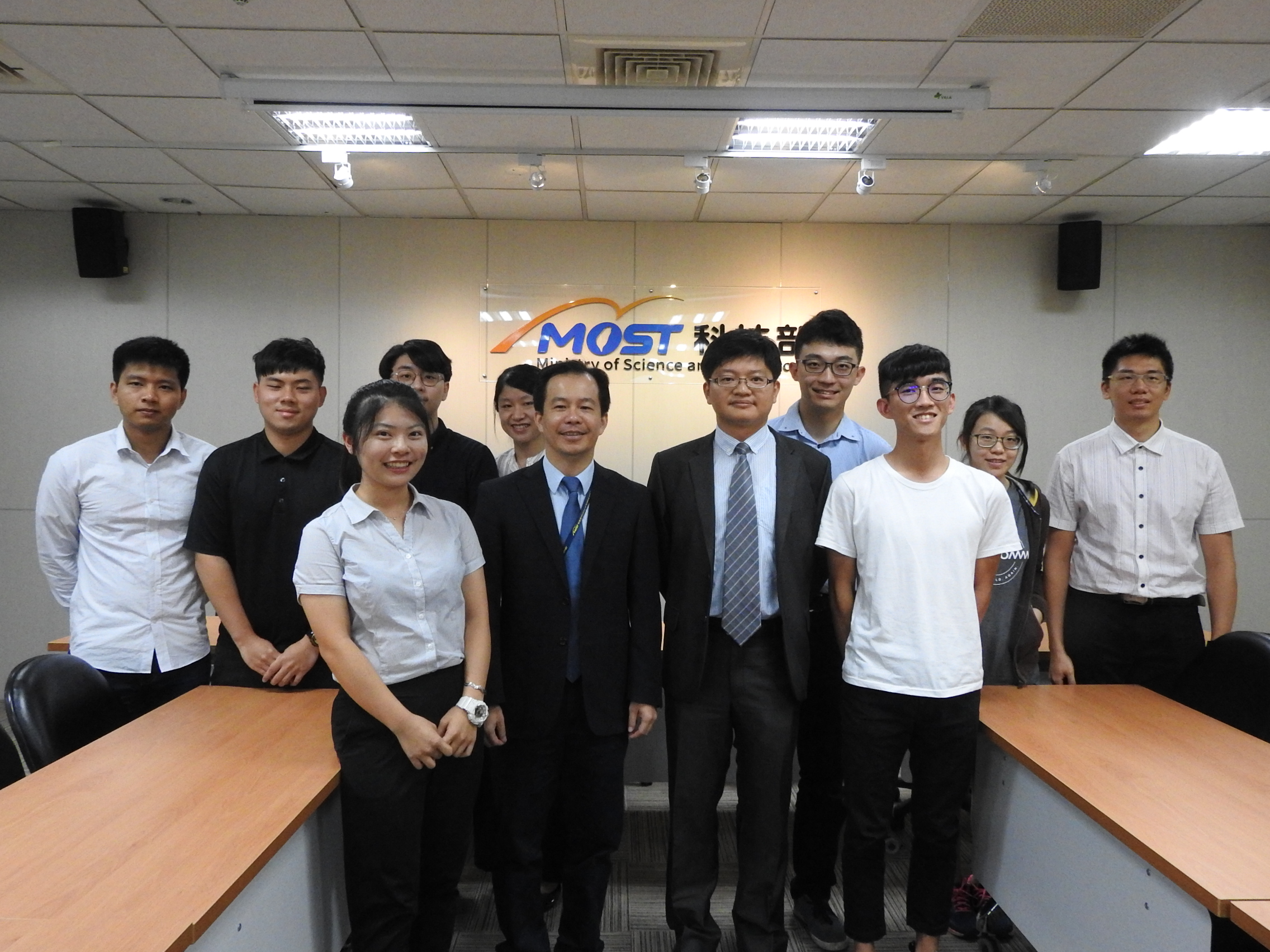A research team from Taiwan’s National Tsing Hua University developed a novel spray synthesis technique to fabricate multi-color Perovskite quantum dots with excellent emission properties which can enhance Micro LED display production. The research was published in Advanced Materials in 2017.

(Image: Ministry of Science and Technology, Taiwan)
Perovskite quantum dots (PQDs) are one of the most exciting research topics recently because of their excellent photophysical properties and low cost fabrication. However, the PQDs which were synthesized by injection method usually show a poor crystallinity, relatively low photoluminescence quantum yield (PLQY), and poor stability. These limitations have hindered PQDs to be used in practical applications and mass productions.
However, Dr. Hao-Wu Lin, a Professor at Taiwan’s National Tsing Hua University, has successfully developed a simple and cost-effective spray synthesis process to realize perovskite quantum dots with near-unity PLQYs, high color purity, excellent uniformity, and good emission stability. This process breaks through the previously-thought instability of PQDs and extends the feasibility of PQD mass production.
The research group utilized a spray synthesis method to fabricate nanometer-sized perovskite crystals. The PQDs fabricated by this process can reach near-unity PLQYs for both solutions and neat films. In addition, by adjusting the compositions of perovskite precursors, they can realize the emission wavelengths of PQDs from deep blue to near infrared. As the results, the PQDs are one of the most promising emitters to be utilized with Micro LED.
In this research, the emissions of PQDs show ultra-high color purity, good uniformity, high PLQYs, and good stability. As a result, they can reach wide-color-gamut, high color purity, high uniformity, and high stability display when the PQDs are applied as color-conversion layers with Micro LEDs. With such promising properties of spray-synthesized PQDs, Prof. Lin believes that these PQDs are very competitive and are widely applicable in various future optoelectronics.











